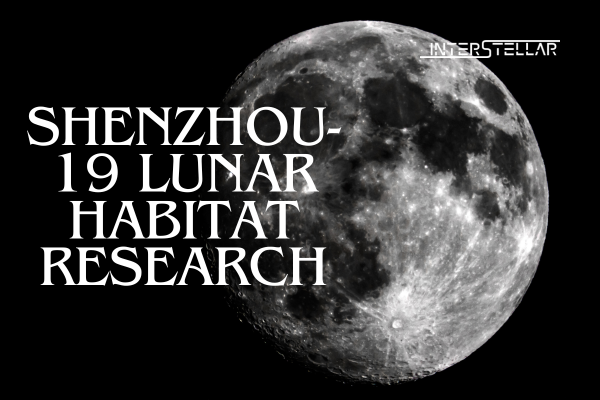China’s Shenzhou-19 Mission Embarks on Scientific Experiments and Lunar Habitat Preparations
China launched its Shenzhou-19 crewed spacecraft on Wednesday, sending three astronauts to the permanently inhabited Tiangong space station. The six-month mission includes dozens of scientific experiments, some focused on constructing human habitats in space. This milestone mission reflects China’s steady advancement in space exploration, following the recent completion of Tiangong in 2022.
Shenzhou-19 Launch Details and Mission Objectives
Shenzhou-19, atop a Long March-2F rocket, blasted off from the Jiuquan Satellite Launch Centre in northwest China at 4:27 a.m. Beijing Time. The China Manned Space Agency (CMSA) announced that the crew will conduct 86 science and technology experiments in fields such as space life sciences, microgravity physics, advanced materials, and space medicine. According to Lin Xiqiang, CMSA’s deputy director, these studies aim to expand knowledge on space habitation and technological advancements for future space missions.
One key experiment involves exposing simulated lunar soil bricks to the conditions in space. If successful, these bricks could play a pivotal role in constructing a lunar research station, potentially making lunar construction more feasible than transporting materials from Earth. These experimental bricks will be sent separately in an uncrewed cargo mission next month to join the Shenzhou-19 crew.
Tiangong Operations and Contingency Plans
China’s Tiangong space station, officially completed last year, has become the primary destination for China’s manned missions. Since Shenzhou-14, each mission has included three astronauts rotating in six-month intervals. Shenzhou-19’s crew will stay until April or May next year, taking command after the current crew departs.
CMSA highlighted contingency preparations for the mission, including improvements to emergency protocols in case of issues like space debris impacts. Lin mentioned that the Shenzhou-20 spacecraft and its carrier rocket are on standby to conduct an emergency rescue if needed, a preventive approach aimed at minimising risks.
Meanwhile, the United States is currently dealing with its own space challenges. Two NASA astronauts, taken to the International Space Station (ISS) aboard Boeing’s Starliner capsule, are unable to return due to a propulsion issue and are scheduled to return via SpaceX Crew Dragon in 2025. CMSA has acknowledged this scenario, citing ongoing refinements to China’s own emergency response strategies to prevent similar occurrences.
Lunar Ambitions and Future Crew Training
With Tiangong now operational, China is setting its sights on the Moon, aiming for a crewed lunar landing by 2030. The current Shenzhou-19 mission includes experienced astronaut Cai Xuzhe, who helped complete Tiangong’s construction, along with two younger astronauts, Song Lingdong and Wang Haoze, who are both on their first spaceflight. Wang Haoze also becomes the third Chinese woman to venture into space and the first female space engineer in China’s programme.
China’s lunar goals have also influenced astronaut training, with recent batches of astronauts preparing specifically for future lunar landings. The latest, fourth batch of astronauts, is trained not only for space station missions but also for tasks essential to lunar exploration, such as operating lunar rovers and conducting geological surveys.
China’s advancements, including a recent Chang’e-6 mission to retrieve samples from the Moon’s far side, demonstrate its commitment to ambitious space exploration goals. With Shenzhou-19’s launch, China is steadily progressing toward establishing a significant presence in space, setting the stage for future Moon missions.


